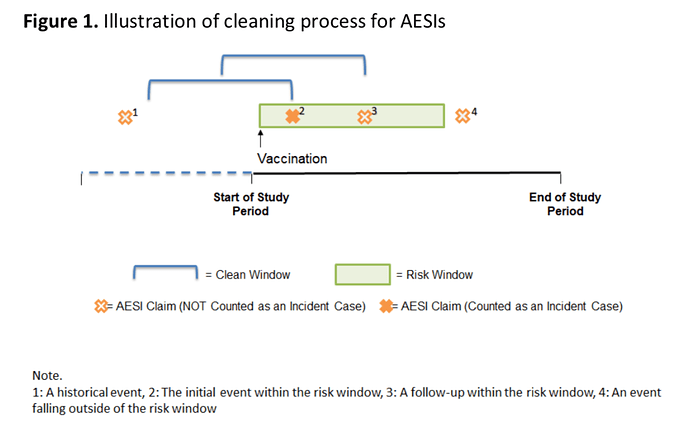Team:
As most of you know, our colleagues at FDA/CBER, have the substantial responsibility of protecting US public health by monitoring the safety of biological products, which includes COVID-19 vaccines as they are authorized for use. As part of their strategy for safety surveillance, last Friday, they posted a protocol that outlines their proposed use of observational data, and it open for public comment.
The protocol can be found here: https://www.bestinitiative.org/wp-content/uploads/2020/12/C19-Vaccine-Safety-Protocol-2020.pdf
On behalf of the OHDSI community, @hripcsa and I have drafted comments and a response document, and have posted it in the OHDSI MSTeams environment under OHDSI/General/Files/FDA BEST COVID19 Vaccine Surveillance Protocol comments (link here for those with MSTeams account). We encourage others to review the FDA’s protocol and provide feedback. You can do so individually, or if you wish, you can review our comments and suggest edits/additions. Given the various activities in the OHDSI community that are highly related to this work, I suspect many will be interested, including @msuchard @schuemie @Christian_Reich @Daniel_Prieto @Rijnbeek @aostropolets @tduarte @David_Madigan @xintongli @Gowtham_Rao @Chris_Knoll @Azza_Shoaibi .
Given the holiday season is fast upon us, we’d like to submit our document by end of Wednesday, as an early Christmas gift to our FDA friends. So, if anyone wants to review the OHDSI response document, please suggest edits/comments by 10pmET on Tuesday.
Thank you all in advance for your collaboration and support of FDA and our other public health officials trying to keep us all safe!
Cheers,
Patrick and George


 .
.